Africa is known for its safaris, natural landscapes, ample wildlife. Every country on this continent rich in wide flora and fauna. One such country which really pulled the attention of wildlife and nature lovers is Zimbabwe – a landlocked country located in southern Africa. This country is a true paradise for those looking for a tranquil holiday, dramatic landscape and diverse wildlife.
Yes, Zimbabwe is not like a regular travel destination but Victoria Fall located here is more worthy to behold than any gleaming European beaches or Caribbean islands.
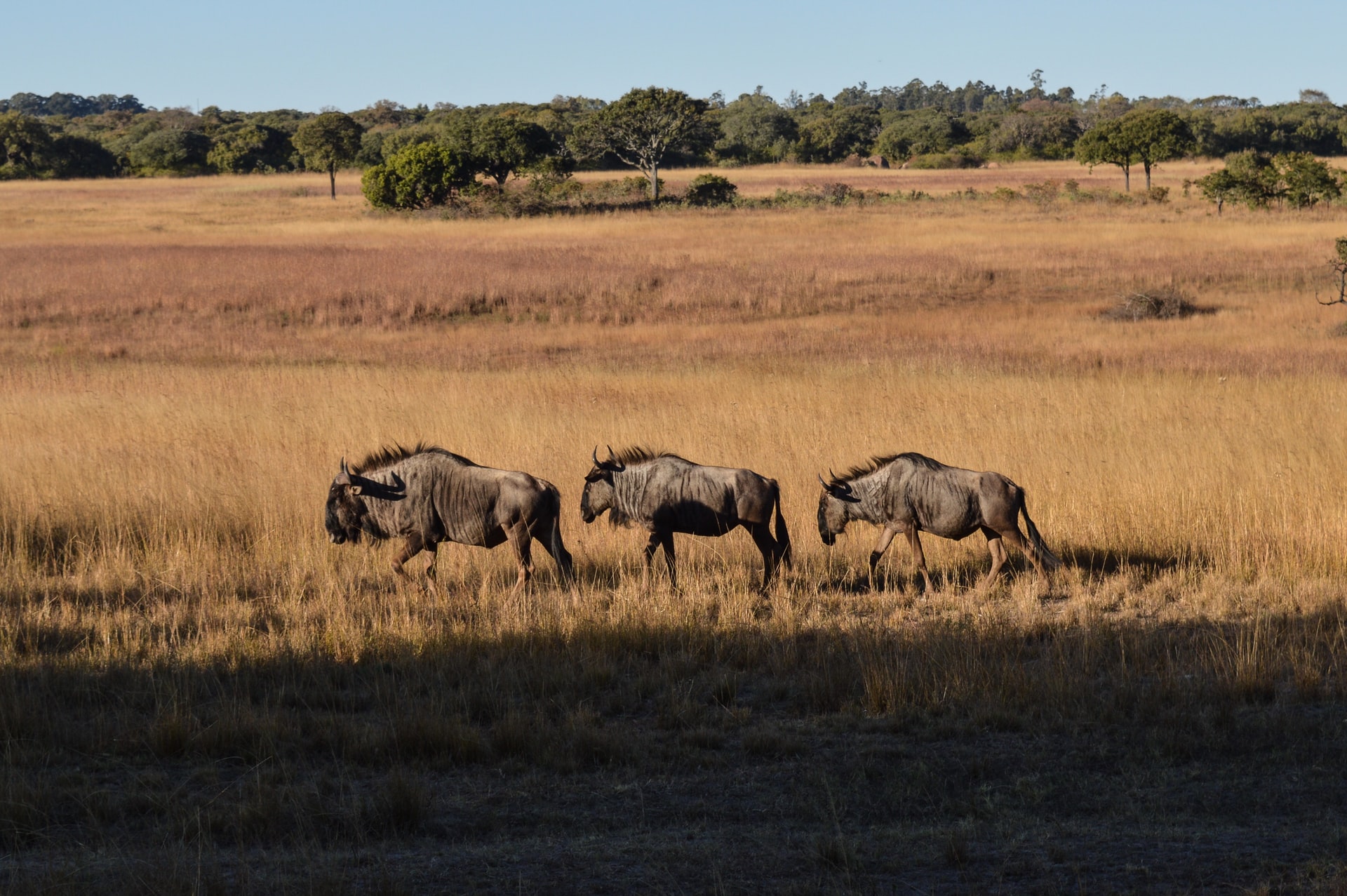
Travellers here after visiting can expect breathtaking nature areas, exotic wildlife and ancient sites that offer a fascinating insight into Zimbabwe’s history. Its world-class natural reserves and UNESCO World Heritage Sites remain incredibly unexplored.
Top Places to Cover in Zimbabwe Trip
There are some top-notch destinations that you can visit during your trip to Zimbabwe. Some are globally renowned and some still need to be explored. So I am mentioning top places for you which you can cover in a single excursion.
Victoria Falls – The Smoke That Thunders
On the African continent, Victoria Falls is one of the most stunning natural wonders. It is situated on the Zimbabwe-Zambia border. This is the world’s largest sheet of falling water and it was previously listed as one of the Seven Natural Wonders of the World. It is still one of the most popular tourist destinations in Southern Africa, with tourists coming from all over the world to see the falls from both sides of the river.
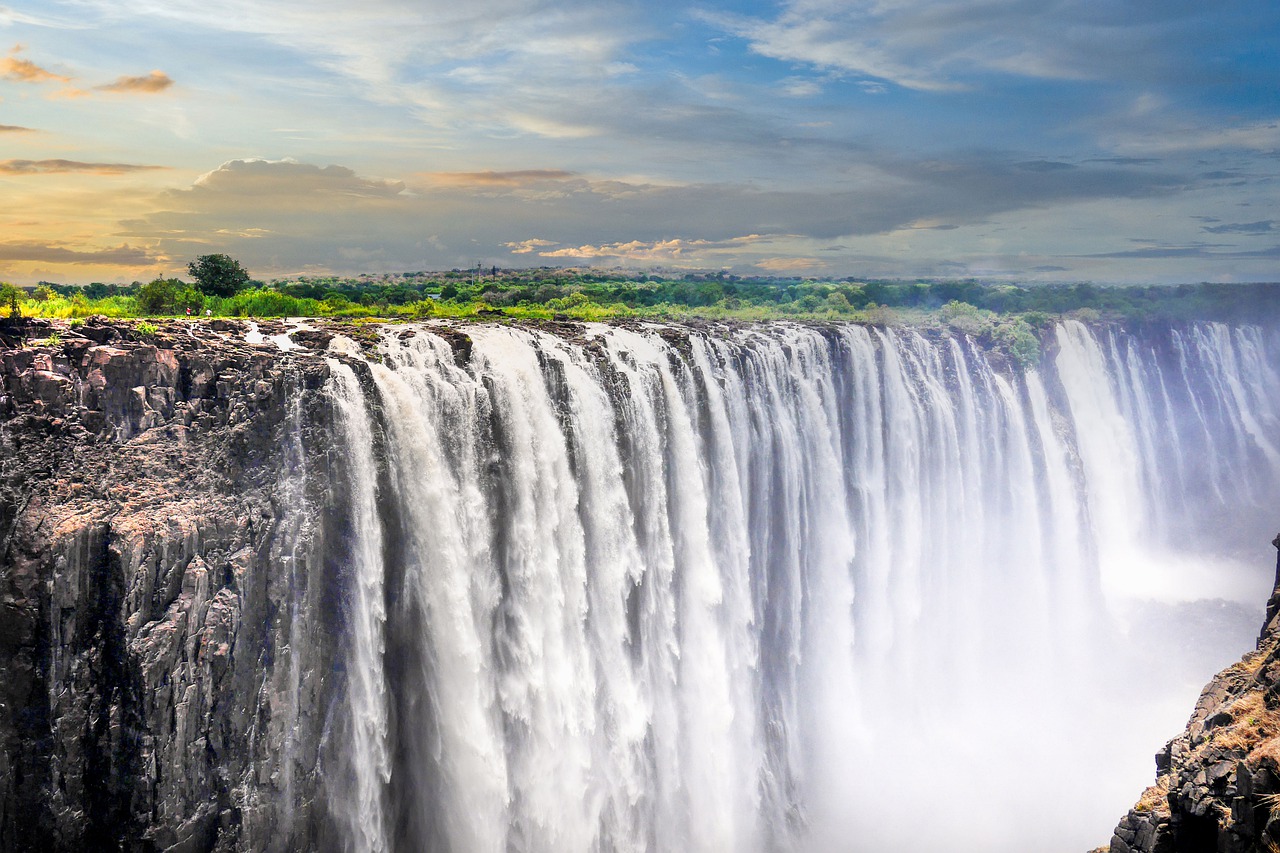
Travellers can have amazing views of the cascading water, which can be seen from 48 kilometres away. The rainbows suspended over the sky looks so mesmerising, it is just like icing on the cake. On the Zimbabwean side, there are walkways where you can participate in adrenaline-pumping sports such as bungee jumping and whitewater rafting abound on the Zambezi River. Having this spectacle in either mode is a once-in-a-lifetime experience.
Also Read: 10 Most Romantic Waterfalls of the World
Hwange National Park
Hwange National Park is Zimbabwe’s oldest and largest game reserve, situated on the country’s western border with Botswana. It occupies a wide area of approximately 5,655 square miles and offers habitat for more than 100 mammal species – including the Big Five. It is best known for the Hwange elephant population, which is one of the world’s largest.
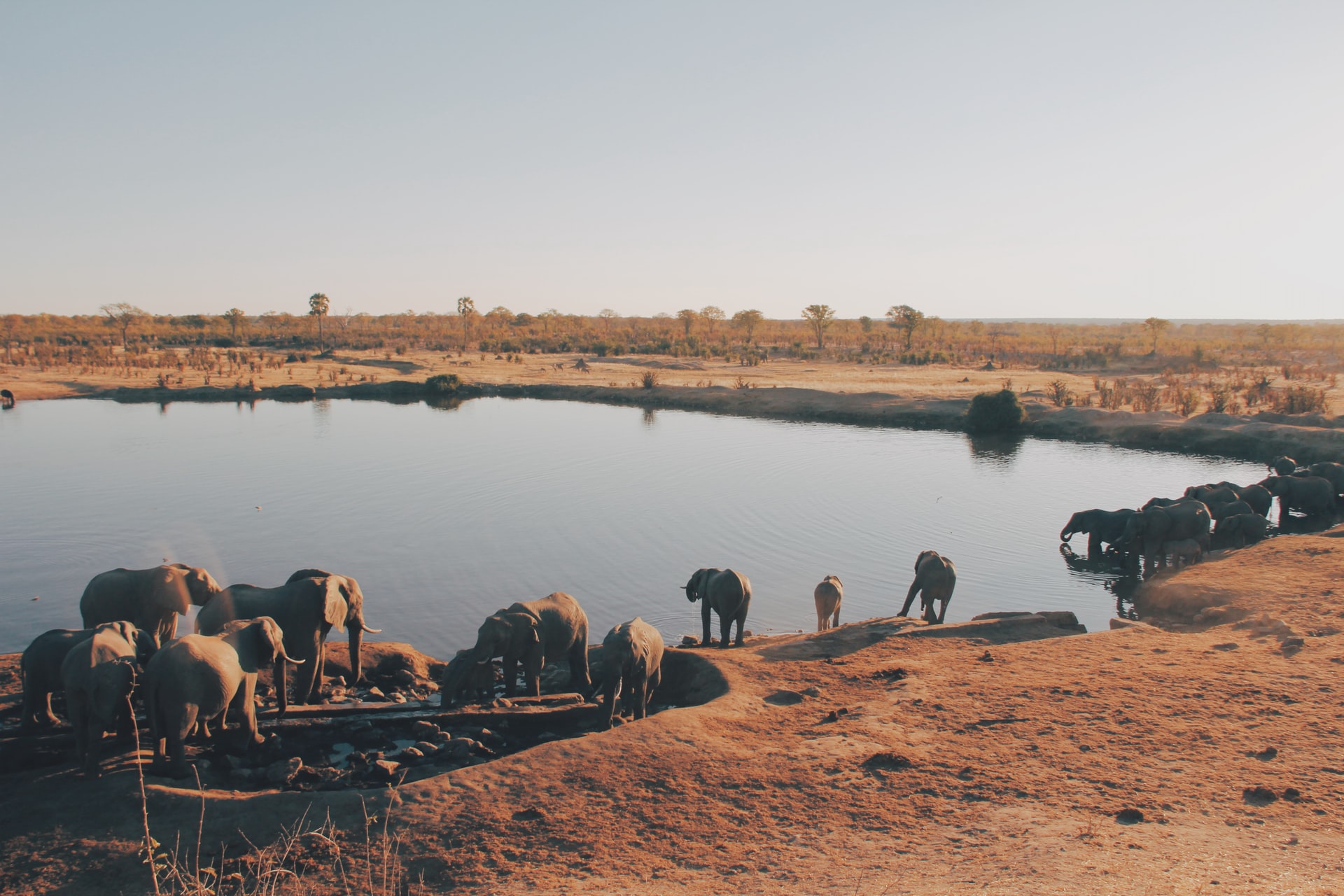
Some of Africa’s rarest safari species, such as the African wild dog, brown hyena and endangered black rhino, can be found in the park. There is plenty of birdlife here, with over 400 species in the Park registered. Hwange National Park has a variety of luxurious lodges for visitors who want to spend the night in the middle of nature admiring the wildlife positioned in the heart of the African bush.
Lake Kariba
Lake Kariba is situated on the Zambia-Zimbabwe border. It is the world’s largest man-made lake in terms of depth, stretching over 220 kilometres. It was built when the Kariba Dam was completed in 1959. The lake is home to a variety of islands, including Fothergill, Spurwing, Chete, Chikanka and Antelope. There are many wildlife protected areas Matusadona National Park, the Charara Safari Area and the Chete Safari Area are the most common trails on Lake Kariba.

The top attractions of Kariba revolve around their natural fauna. Many lodges and houseboats provide special tiger fishing trips, which are a massive attraction here. In October, the lake hosts the Kariba Invitation Tiger Fish Tournament, so come out and enjoy the festival while admiring Zimbabwe’s natural beauty.
Also Read: Experience Safari Adventure at Masai Mara – Kenya
Great Zimbabwe National Monument
During the late Iron Age, Great Zimbabwe was the mediaeval capital of the Kingdom of Zimbabwe. However, Great Zimbabwe’s ruined city has now become one of the most significant archaeological sites in Sub-Saharan Africa. It is a UNESCO World Heritage Site that consists of three interconnected complexes full of ruined towers, turrets and walls that are all magnificently designed and constructed from stone.
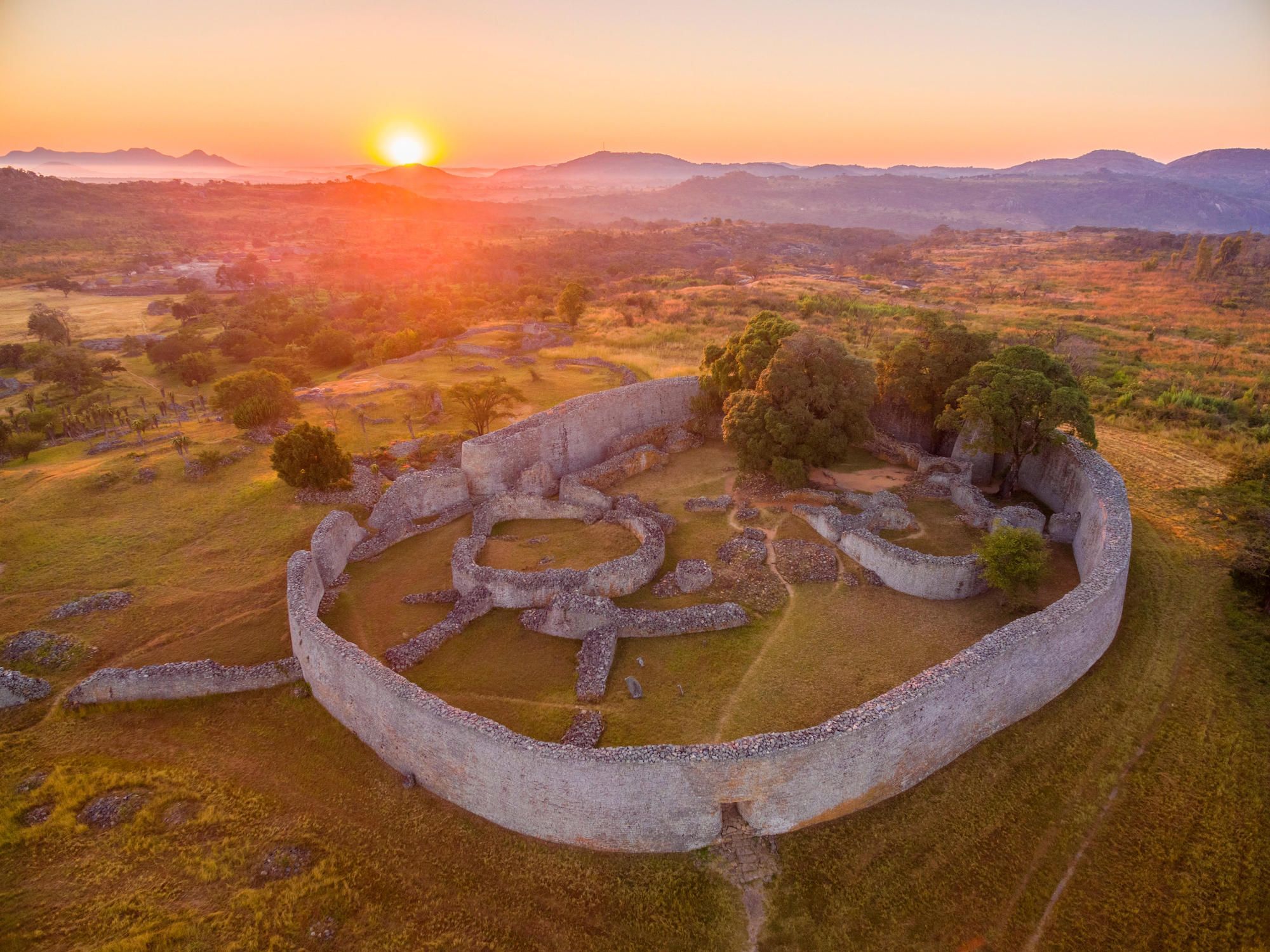
The ruins, which were constructed between the 11th and 15th centuries, cover a wide area and include a hilltop acropolis that once housed kings. The adjacent valley is dotted with the ruins of more modest homes, many of which were made using finely cut granite blocks. Artefacts including Arab coins from the East African coast and porcelain from China have been discovered here.
Top Art Galleries in Zimbabwe
The stone sculpture in Zimbabwe dates back to an era of ancient times, but the country’s rich sculpture heritage is now on display in several galleries around the country. Here are some of Zimbabwe’s best art galleries to visit.
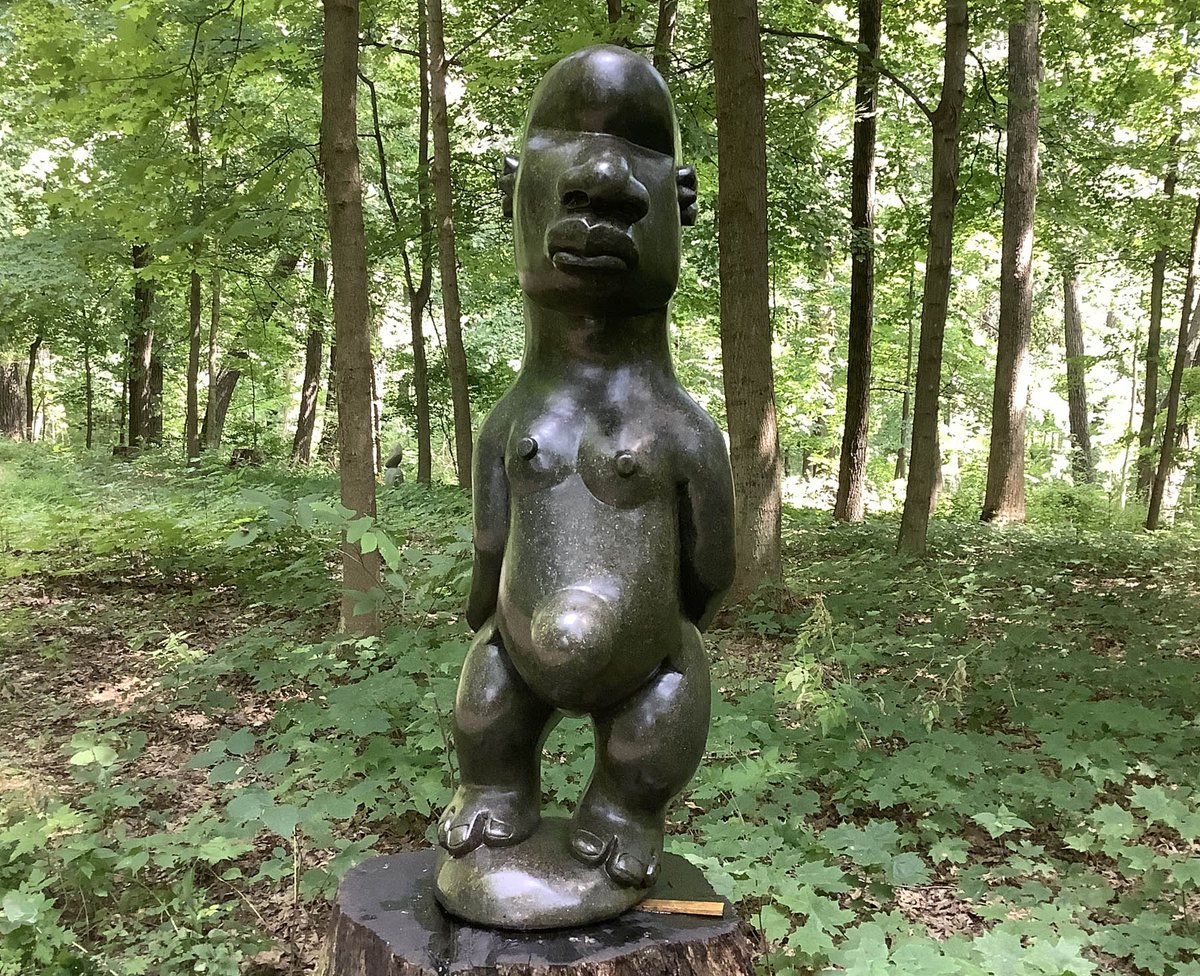
- National Gallery of Zimbabwe
- Shona Sculpture Gallery
- First Floor Gallery, Harare
- Tsoko Art Gallery
Matobo National Park
You have to travel around 40 kilometres south of Bulawayo to reach Matobo National Park. The fascinating granite rock formations in this national park have made it popular all over the world. Some of the rocks are impossibly balanced on top of one another and many of them are adorned with San bushmen rock art dating back over 2,000 years.
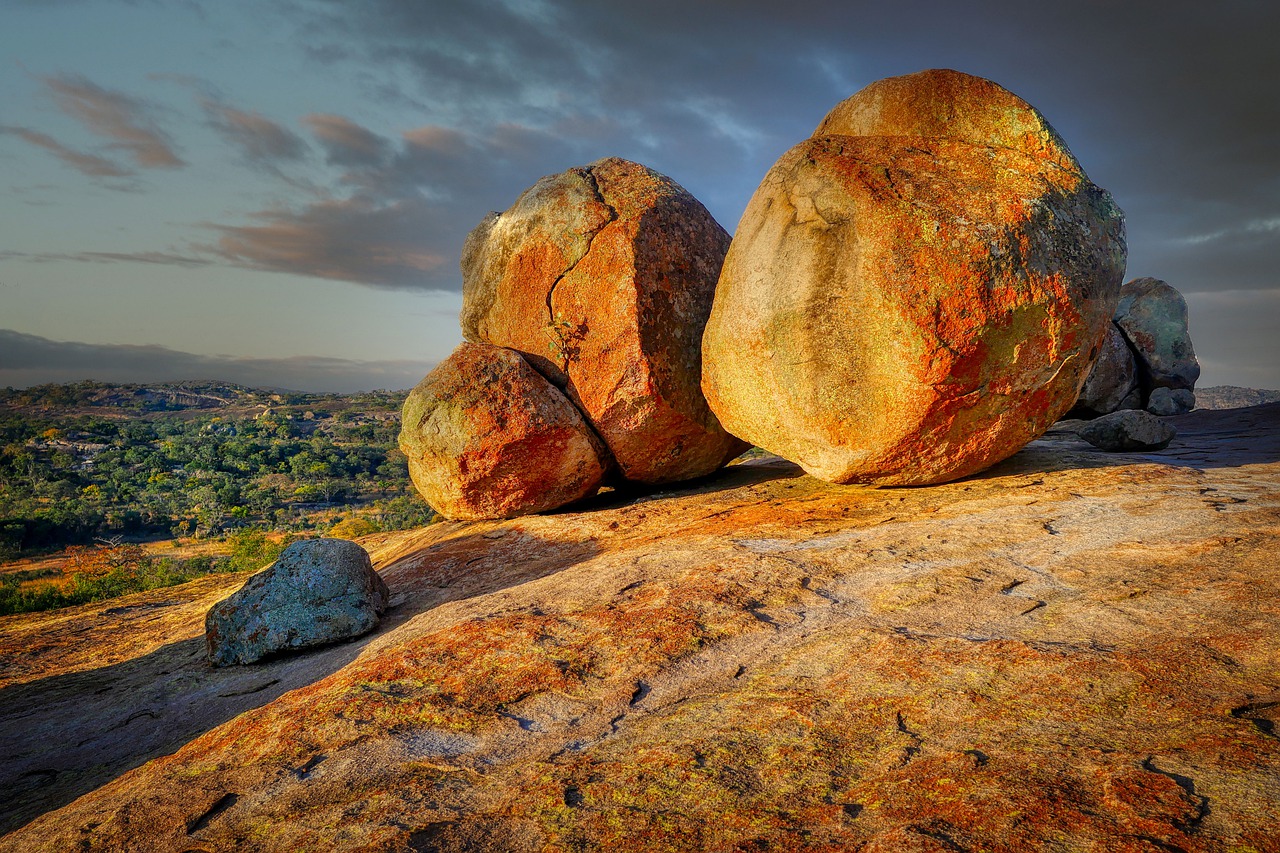
Hikers and those hoping to see white and black rhino will enjoy at Matobo National Park. While there are no lions or elephants, it is home to one of Southern Africa’s largest leopard populations and is a perfect place to see Verreaux’s eagles.
Meet Zimbabwe’s Shona People
In Zimbabwe, the Shona people are the dominant tribe. This ethnic group is thought to number about nine million people worldwide, including those from neighbouring countries such as Botswana, Mozambique and Zambia. The tribe’s language is known as Korekore, Zezuru, Manyika, Ndau and Karanga and it has many accents.
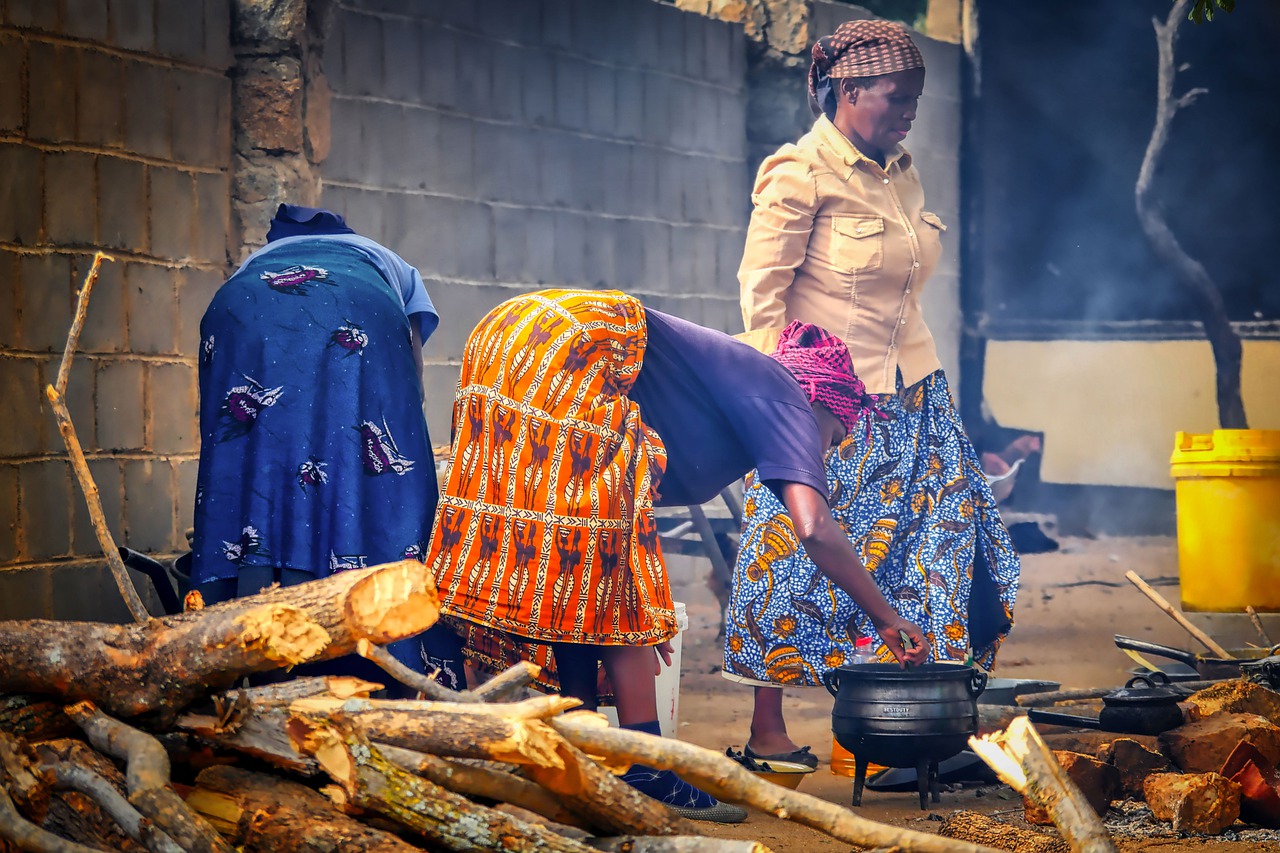
The village consists of clustered mud houses in rural areas where cultural specifics are still practised. The Shona people are renowned for their stone sculptures portraying the tribe’s relationship with its ancestors. For travellers meeting Shona people is a great way to understand the culture and tradition of Zimbabwe.
Best Time to Travel Zimbabwe
The dry season from May to October is generally regarded as the best time to visit Zimbabwe. However, you can avoid visiting Zimbabwe in extremely hot and dry months, to avoid chilling summer. September is in the middle of the dry season in Zimbabwe, so wildlife viewing is at its peak.
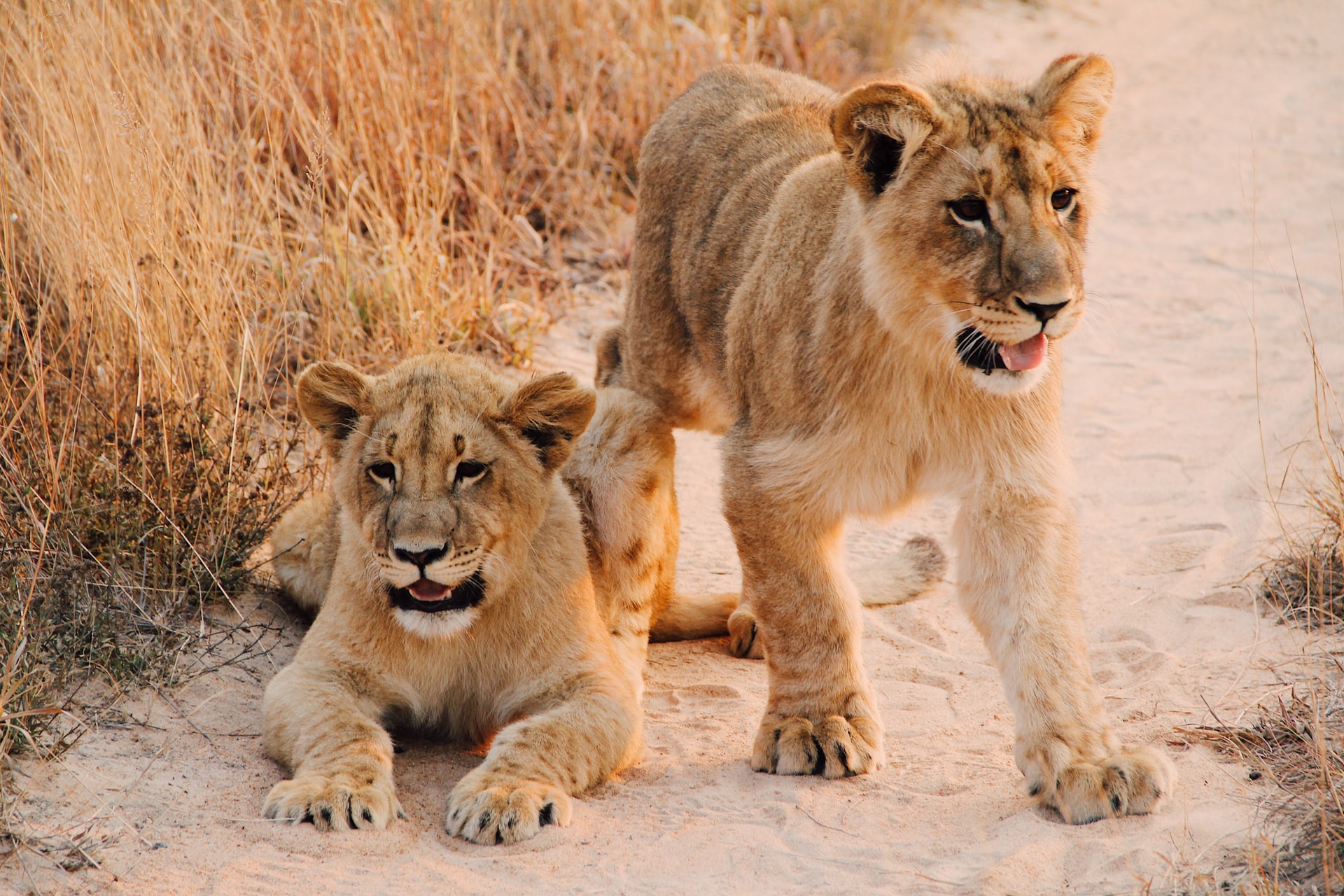
It can be a nice alternative to Tanzania and Kenya, which are other popular destinations for safari vacations. This is a great month to witness hippos, lions, rhinoceros and crocodiles resting or heading to a watering hole.
Bottom Line
Zimbabwe has a lot more to come than just safari treks. Hike, photograph, take helicopter tours and admire Victoria Falls. Visit Matobo National Park, where you can see rare rock formations and monuments as well as learn about the culture through the paintings of the region’s tribespeople. Zimbabwe is a complete travel package for nature, wildlife and culture lovers in a true sense.
Also Read: Explore Eastern Cape of South Africa for a unique experience

